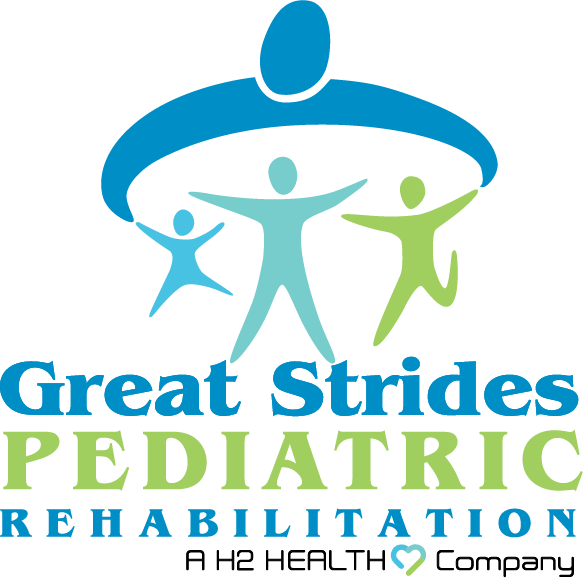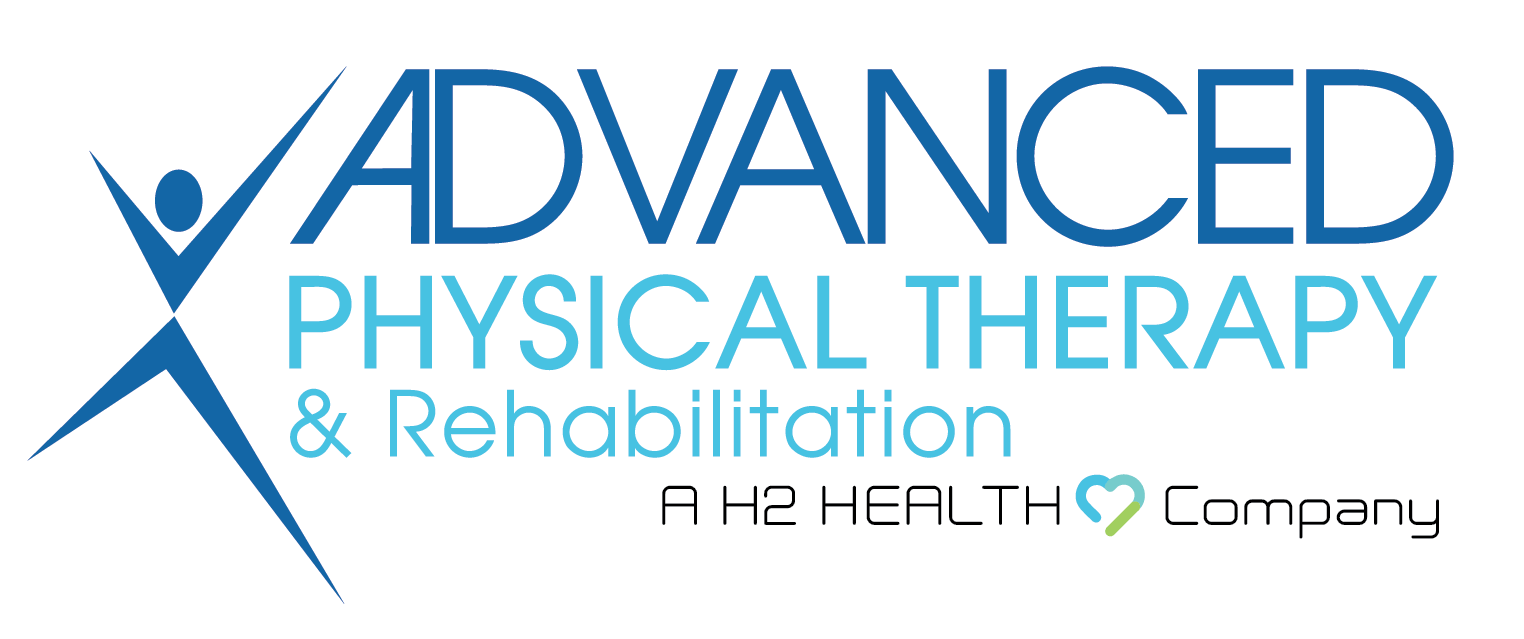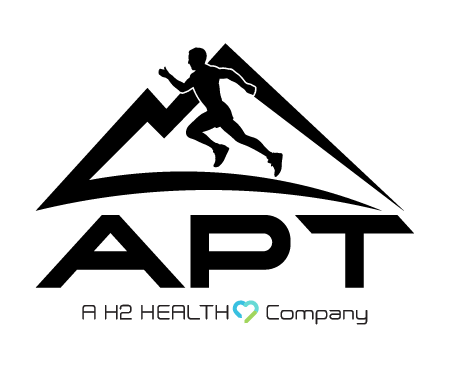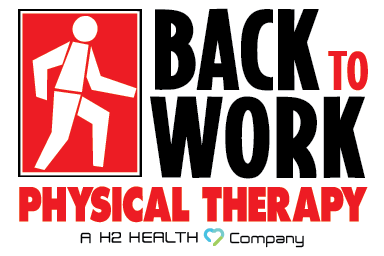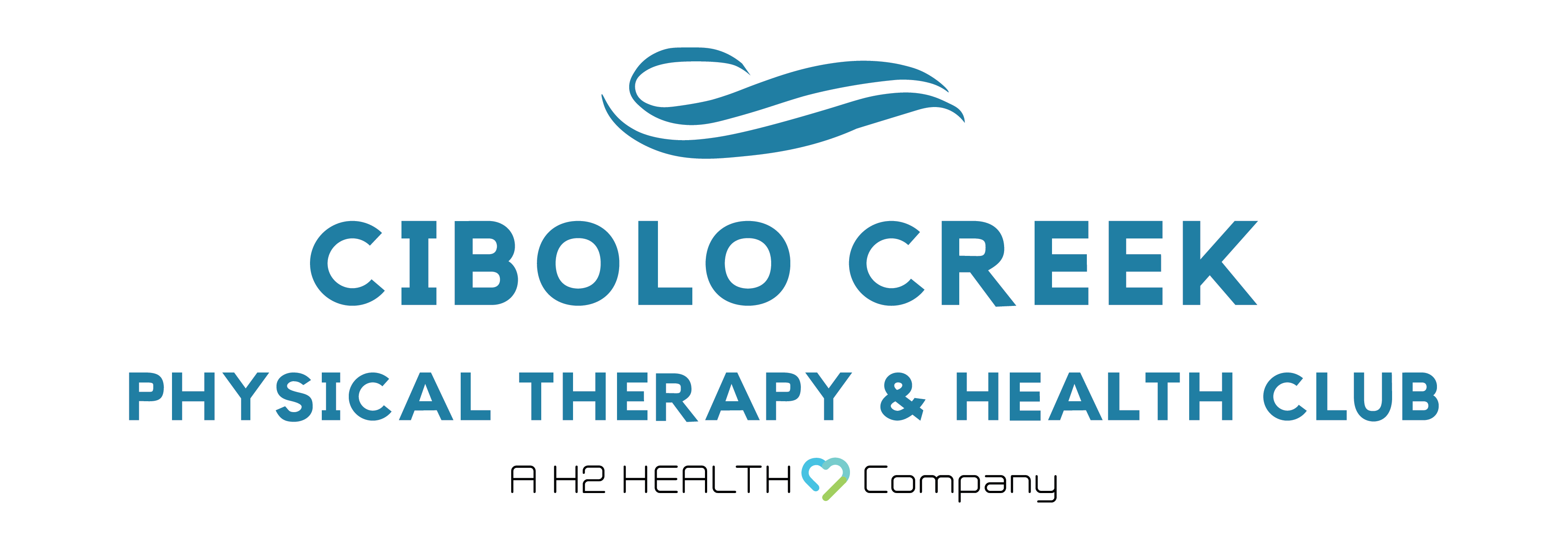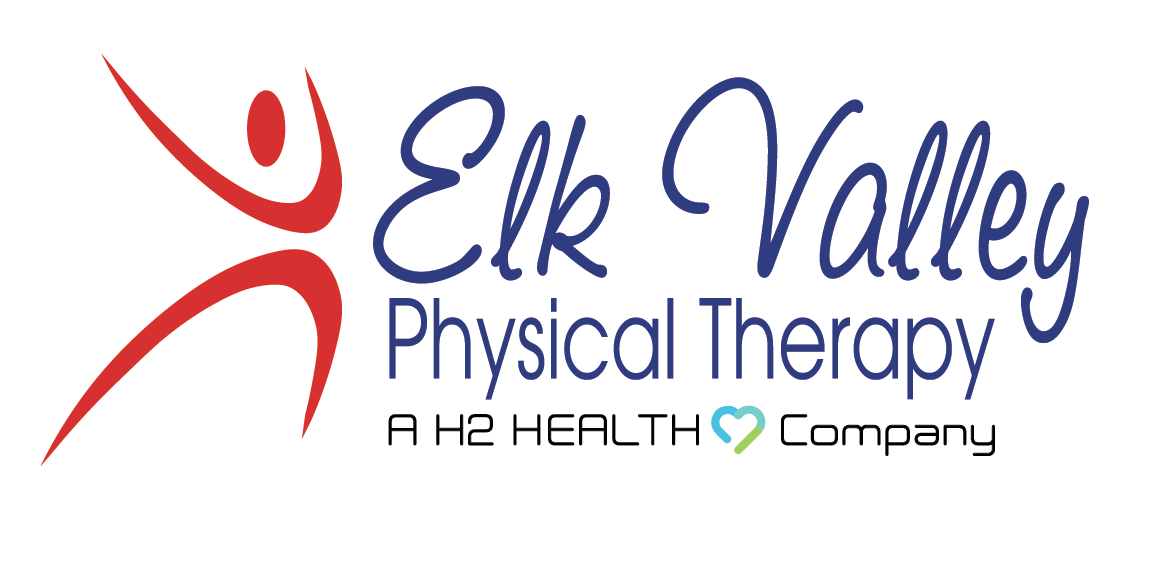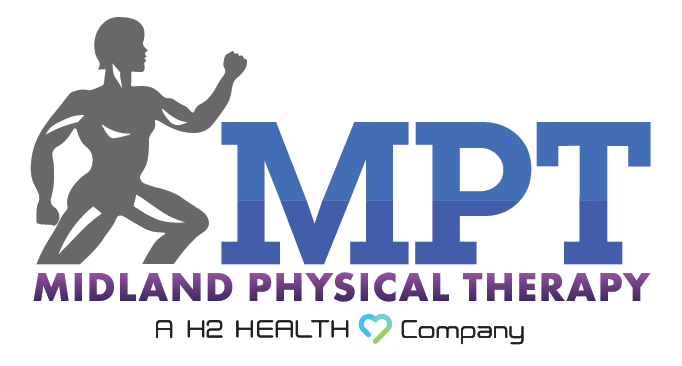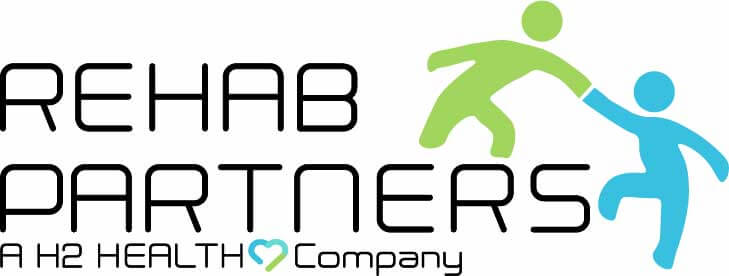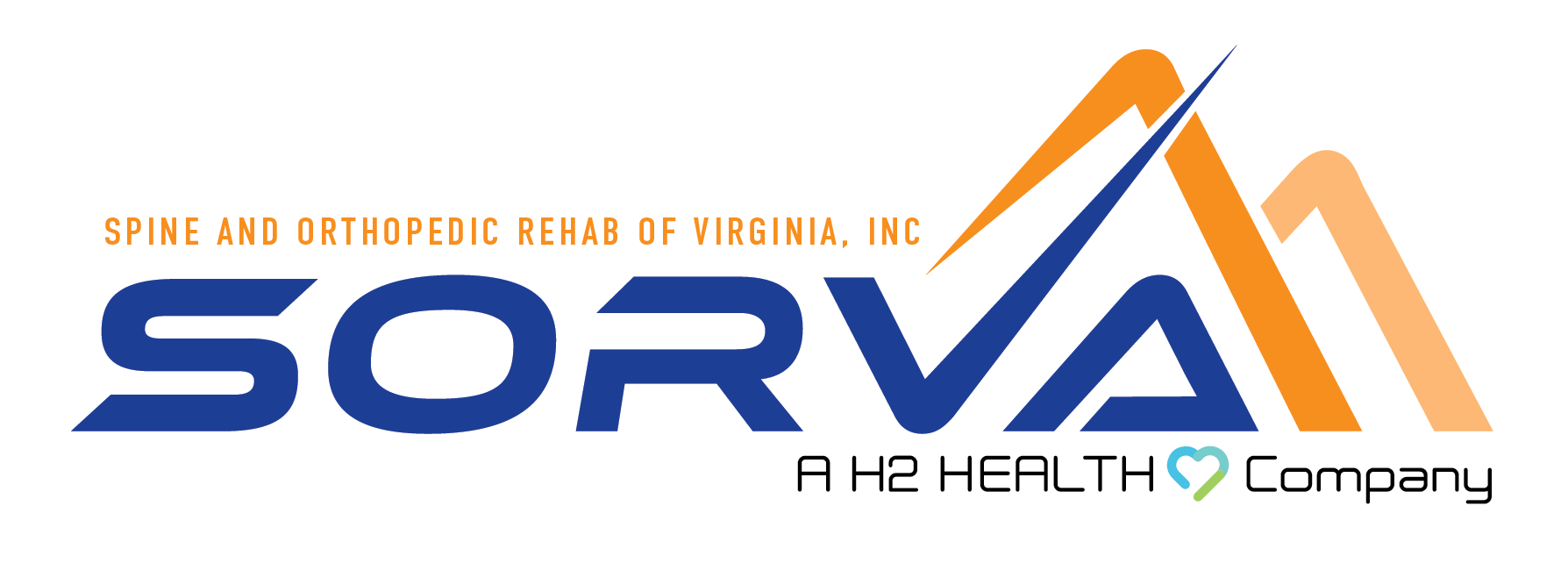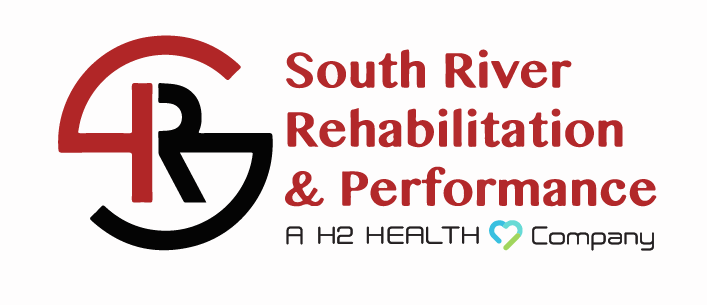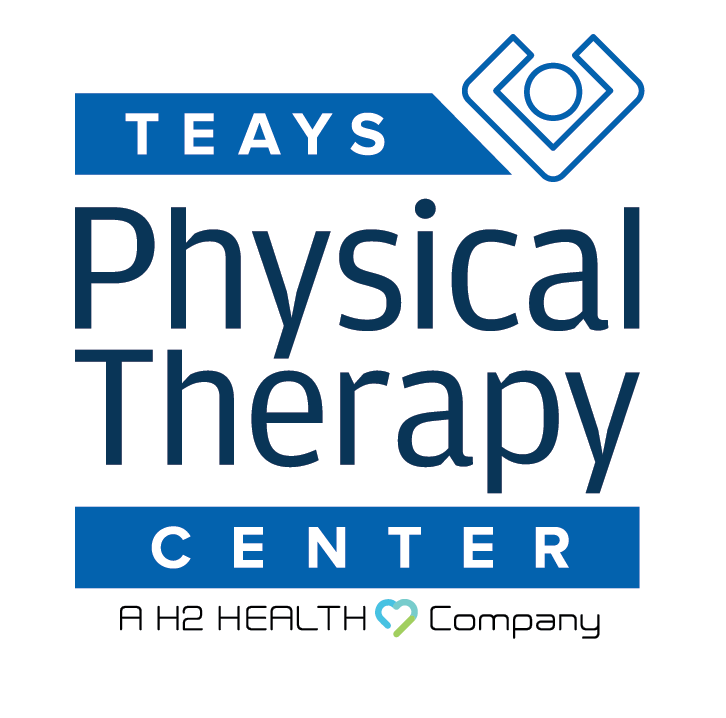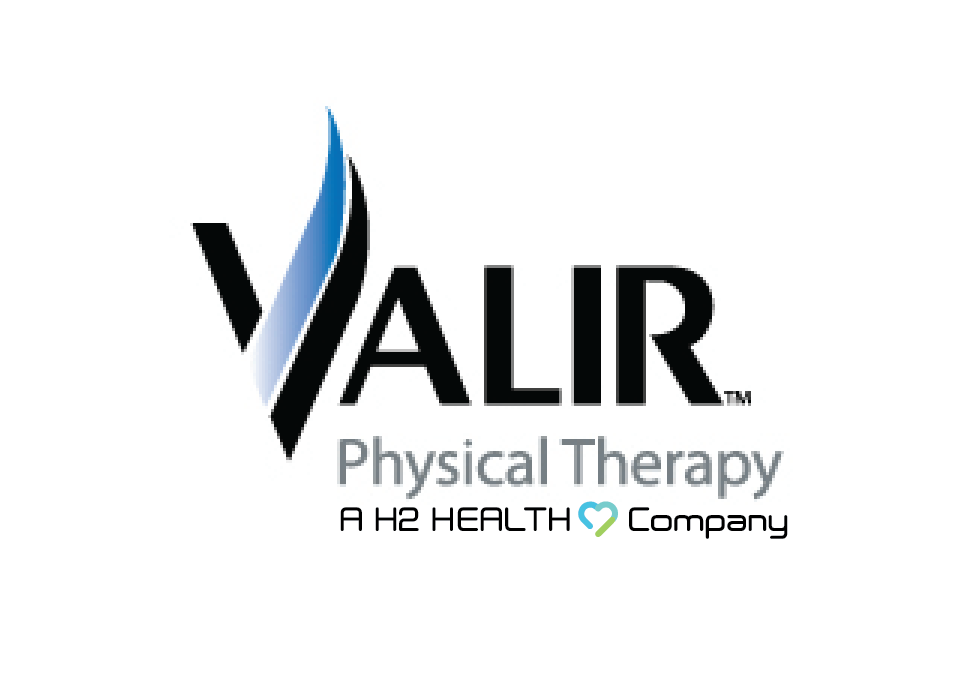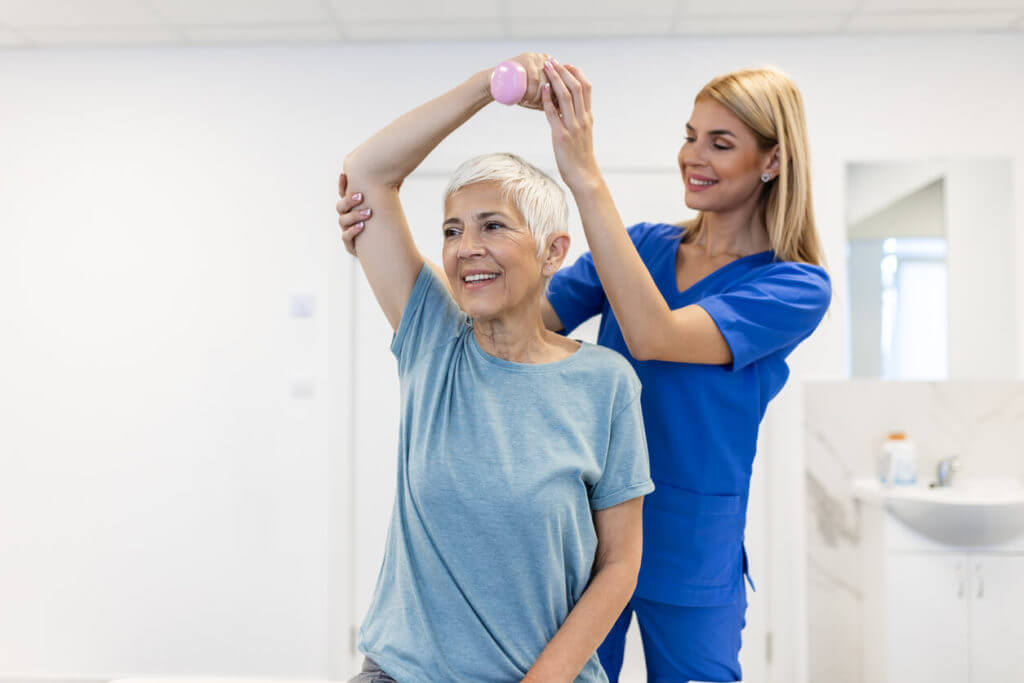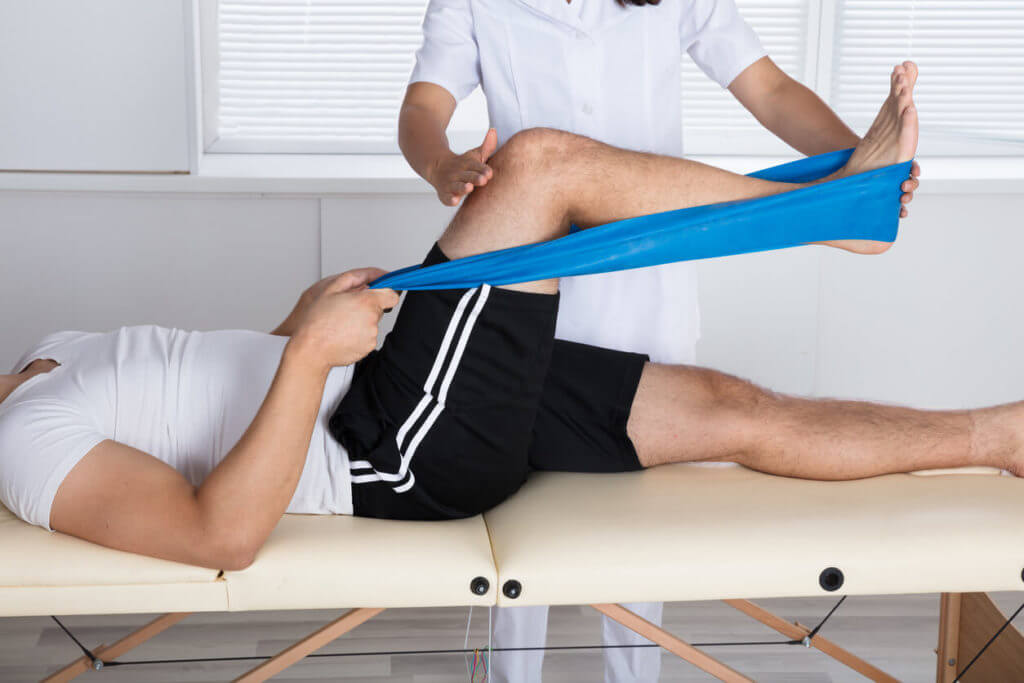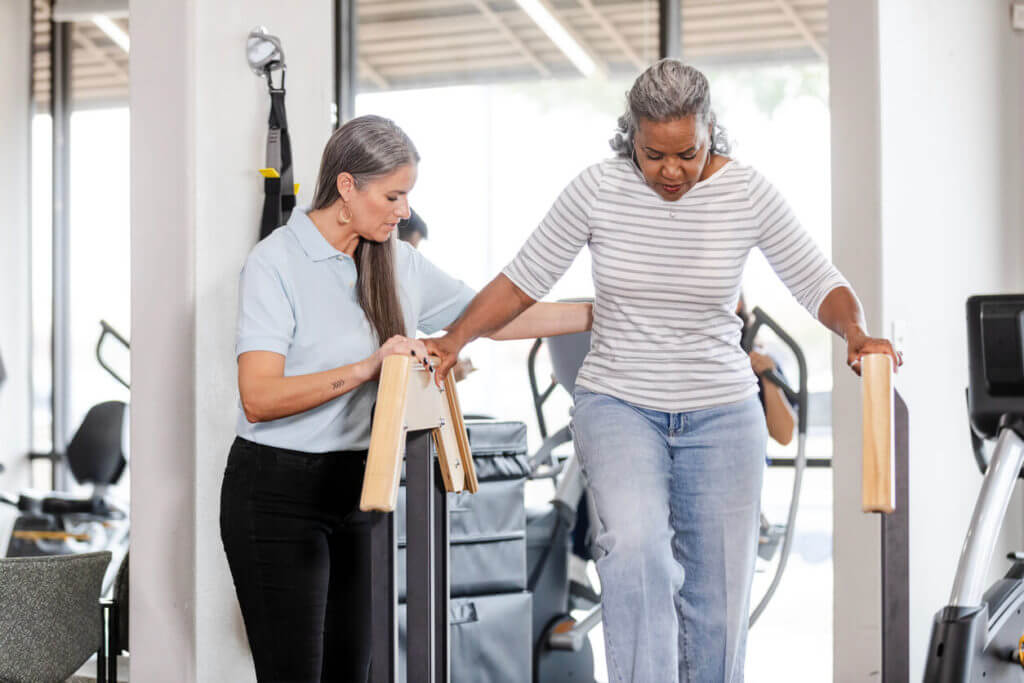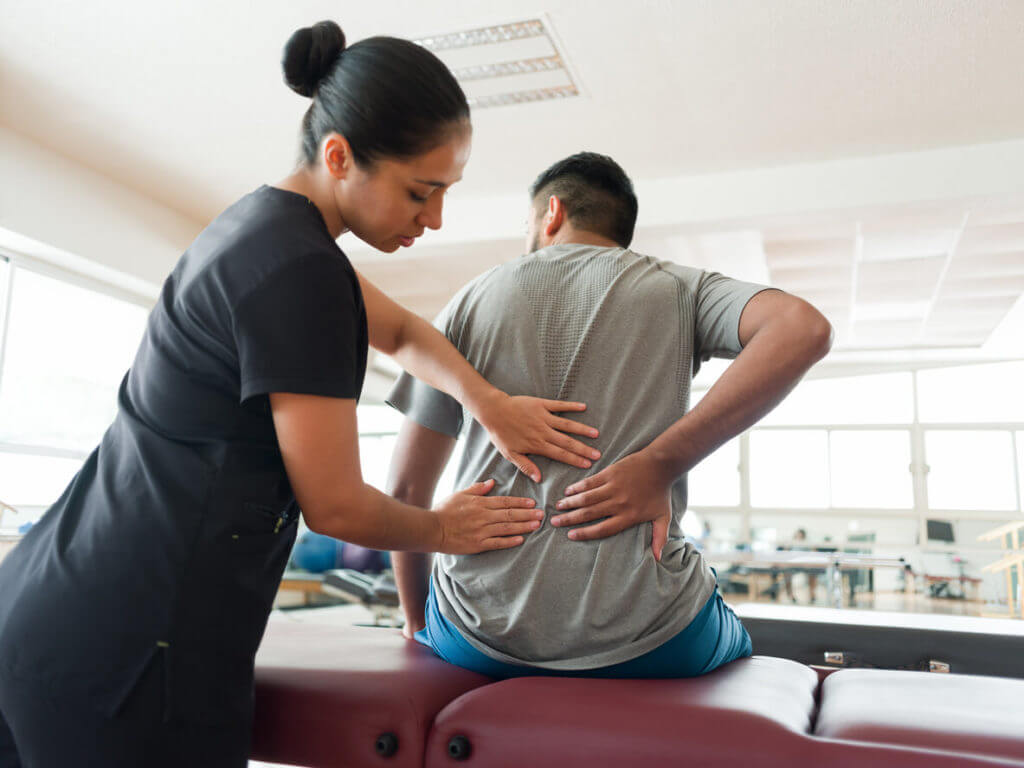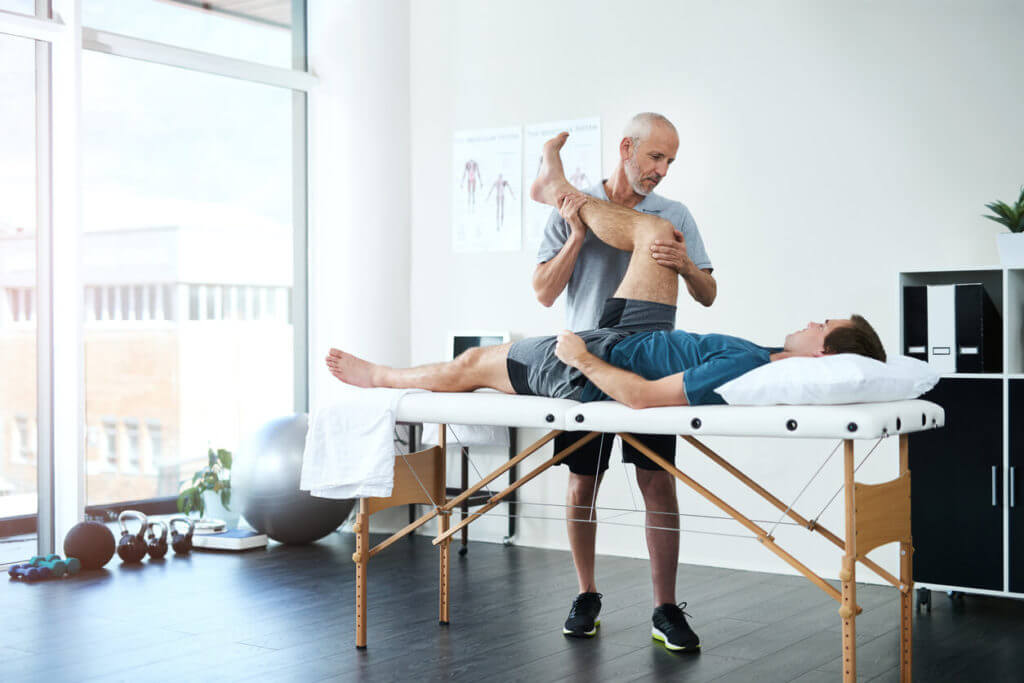Chronic pain can disrupt daily life, making even the simplest tasks feel overwhelming. For many in Austin, TX, dealing with conditions like migraines, neck pain, or TMJ (temporomandibular joint disorder), physical therapy offers an effective path toward relief. Let us explore how physical therapy can help manage these challenges, the techniques involved, and why it
Read Morebest physical therapy near me
Exploring Different Types of Physical Therapy: Orthopedic, Aquatic, and Sports
Physical therapy plays an essential role in helping people recover, stay active, and maintain their overall health. Whether you are dealing with chronic pain, recovering from surgery, or simply want to improve your physical performance, there are specific types of therapy designed to meet your needs. Among the many therapies available, orthopedic, aquatic, and sports
Read MoreUnderstanding Your Knee Rehab Plan: What to Expect from Physical Therapy Sessions
Recovering from a knee injury or surgery such as a knee replacement surgery can be tough and challenging. You might feel frustrated by the pain, stiffness, and limited movement in your knee. However, understanding your rehab plan can help make this process easier and guide you toward recovery. Physical therapy is a key part of
Read MoreWhat is the Difference Between Occupational and Physical Therapy?
Healing from an injury or managing a disability often requires more than just medical treatment. Many individuals find themselves faced with the challenge of regaining independence and improving their quality of life. Enter occupational and physical therapy—two specialized fields that play a crucial role in helping people overcome physical limitations. Although these therapies share some
Read MoreHow Vestibular Therapy Near You Can Improve Your Balance, Dizziness, and More
If you have ever experienced dizziness and loss of balance, these symptoms can be unsettling. It often indicates an issue with your vestibular system. Vestibular therapy is a specialized form of physical therapy that can help address these problems and improve your quality of life. Let us explore what vestibular therapy involves and how it
Read MoreHow to Manage Hip Bursitis Pain at Home: Tips for Kenhorst Residents
Living with hip bursitis can be a painful and frustrating experience, affecting your daily activities and overall quality of life. It is a common condition that occurs when the fluid-filled sacs (bursae) in your hips become inflamed due to repetitive motion or pressure. The good news is that there are ways to manage this condition
Read MoreHow Physical Therapy Can Relieve Lower Back Pain
Lower back pain is something many people face at some point in their lives. It’s not just uncomfortable; it can seriously impact your day-to-day activities. While there are plenty of treatments available, physical therapy stands out as a highly effective way to relieve lower back pain. In this blog, we’ll explore how physical therapy for
Read MoreSigns You Should Go To Physical Therapy For Neck Pain
In today’s fast-paced world, neck pain has become increasingly common, affecting people of all ages. Whether it is due to poor posture, an inactive lifestyle, or occupational hazards, the discomfort can significantly impact your daily life. If you are one of the many struggling with neck pain, it is crucial to understand when it’s time
Read MoreRotator Cuff Tear Treatment: Exercises and Recovery Timeline
The rotator cuff – a group of muscles and tendons that surround the shoulder joint – plays a pivotal role in the wide range of motion our arms enjoy. From reaching up to grab a book off a high shelf to throwing a ball, the rotator cuff is instrumental. However, with such frequent use comes
Read MoreRelief for Back Pain: Exploring Treatment for Herniated Disc
Lower back pain is a frustratingly common problem, affecting millions of Americans each year. One significant cause of lower back pain is a herniated disc. Herniated discs can make it hard to do everyday activities like standing, sitting, walking, or sleeping. This blog post explores treatment options for herniated discs, focusing on physical therapy and
Read More
